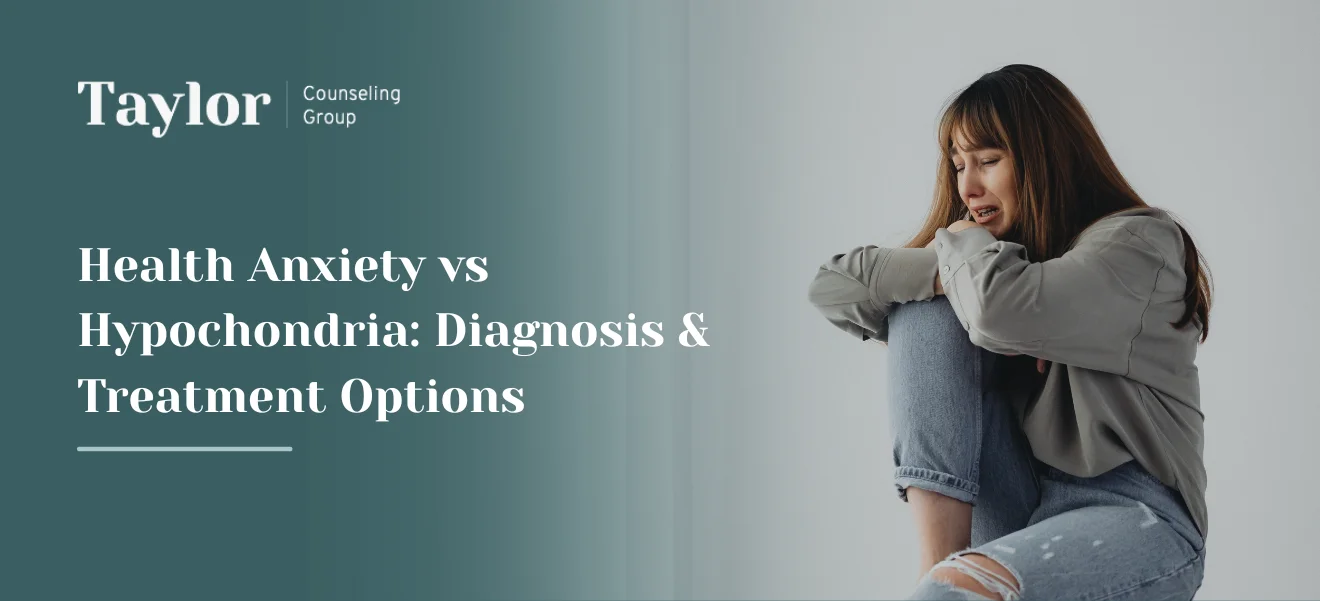Emily Larzabal
The way in which we attach with our caretakers as children has proven to impact a lot about our future and the way we attach with others. There are four different types of attachment. Those who are securely attached were most likely made to believe they were deeply cared for and respected. Their parental figure was most likely warm and nurturing. In one way or another those in the avoidant attachment, category felt as if they needed to care for themselves. Their parental figure was most likely emotionally distant. The ambivalently attached child is cared for by the parent but often not in a productive way. Usually, these children don’t grow up knowing that they are capable so end up being dependent on their parents who can’t and shouldn’t meet their every need. The disorganized attachment style is best described as chaotic. Sometimes the parent was there sometimes they weren’t. The child learned that they couldn’t count on their parent and these households might be called abusive.
It is helpful to know which attachment style you most connect with because of the ways the styles continue to impact us. Being in a relationship with someone from a different attachment style may cause confusion as the two of you try to connect. Once we understand where others are coming from it gives us the insight to respond to them in a more gracious way.
Take some time to read through this list to see which attachment style you think best describes you.
SECURE ATTACHMENT STYLE
- Sees self as worth of love
- Knows comfort is available
- Believe others to be trustworthy
AVOIDANT ATTACHMENT STYLE
- See self as self sufficient
- See self as self sufficient
- Don’t believe others are reliable
AMBIVALENT ATTACHMENT STYLE
- Don’t believe they are worthy of love
- Thinks comfort isn’t available
- Believe they need to create a scene to get attention
DISORGANIZED ATTACHMENT STYLE
- Question themselves
- Don’t believe they are worthy of love
- Thinks comfort isn’t available
- Don’t believe others are reliable






